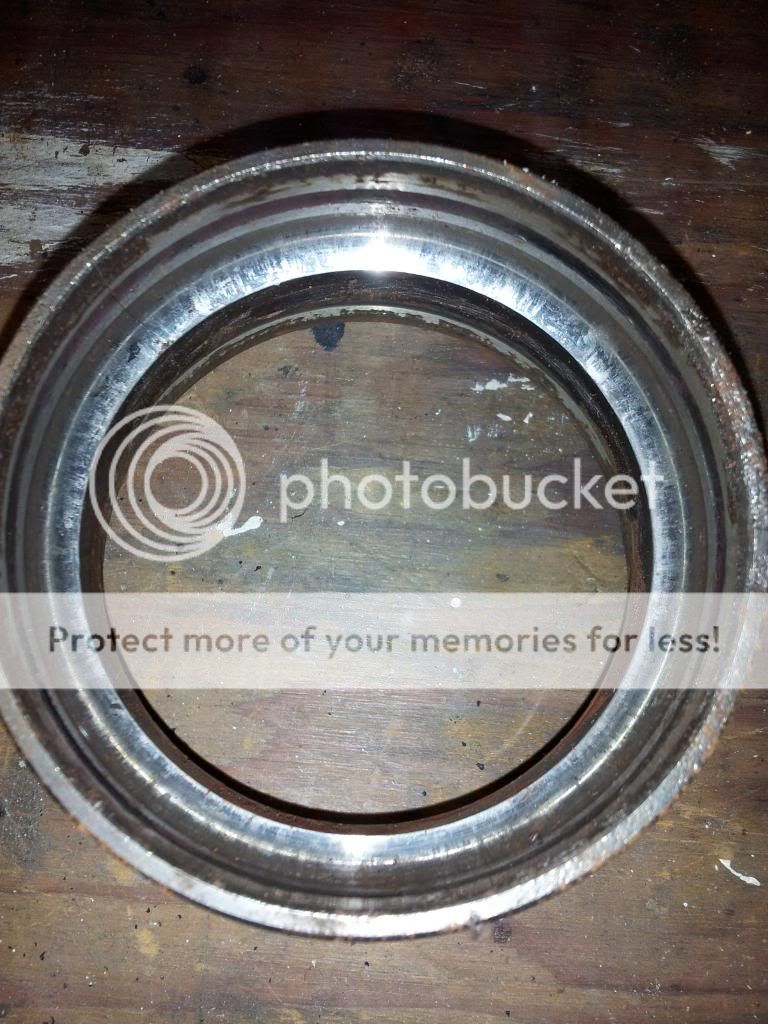cutchemist
Member
So about 5 weeks ago, I went to a cabin in Manitoba that involved 40 minutes of gravel slightly bumpy road driving, so 80 minutes in total. The highway is rated at 90kms/hr still if that means anything. Car sat for 5 days until I needed to drive it again and thats when the terrible noise appeared. The car was also failing the swerve test when turning to the right which made me think bad bearing. The sound seems to come from infront of me, which is why I thought it was the driver side front area. Also, when I drive with my window open, I get a cyclical ssss sound as the sound bounces off curbs/cars/etc. The sway bar link was also popped out of its socket at the sway bar end as well I did the following:
-Switched around tires to see if noise followed a tire, it did not
-Replaced the bearing, improved the noise but still didn't get rid of it. Car still failed the swerve test.
-Replaced both rotors and pads while I was at since they needed to be done.
-Replaced the sway bar link next since the ball part popped right out of the socket. Car feels great again, but noise is still there plus it still fails swerve test.
-Tried switching around tires again with all those repairs done, still same symptoms.
So yeah, car still makes increasing road noise with speed, and is noisy until I turn to the left. CV axle? Bearing improperly replaced by shop?
Thanks for the help.
-Switched around tires to see if noise followed a tire, it did not
-Replaced the bearing, improved the noise but still didn't get rid of it. Car still failed the swerve test.
-Replaced both rotors and pads while I was at since they needed to be done.
-Replaced the sway bar link next since the ball part popped right out of the socket. Car feels great again, but noise is still there plus it still fails swerve test.
-Tried switching around tires again with all those repairs done, still same symptoms.
So yeah, car still makes increasing road noise with speed, and is noisy until I turn to the left. CV axle? Bearing improperly replaced by shop?
Thanks for the help.
Last edited:


